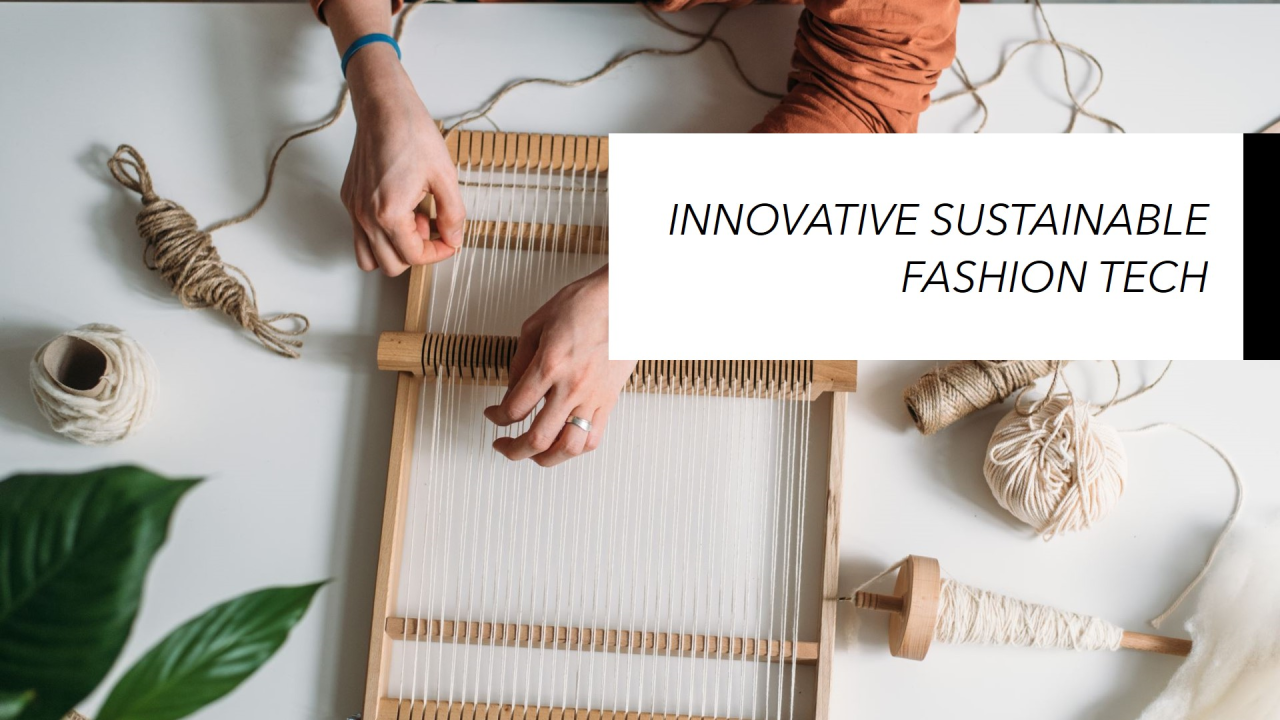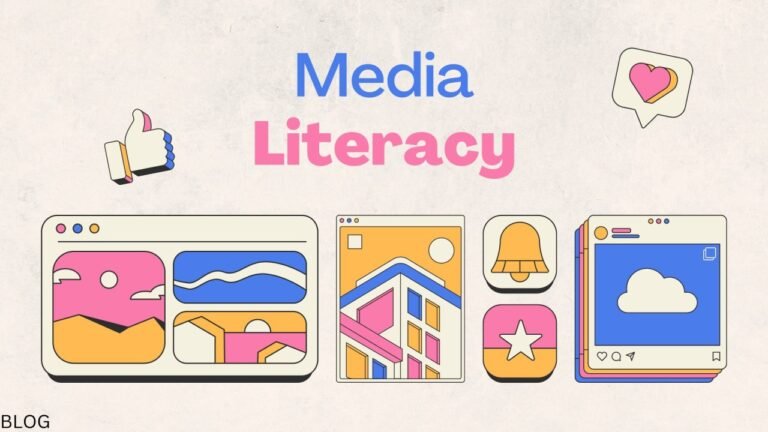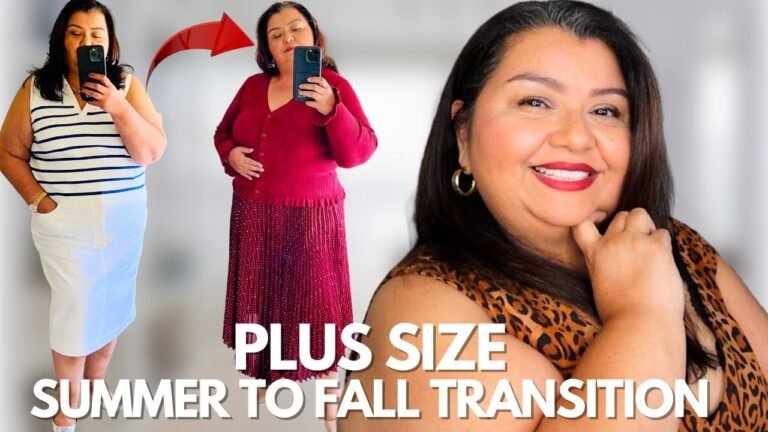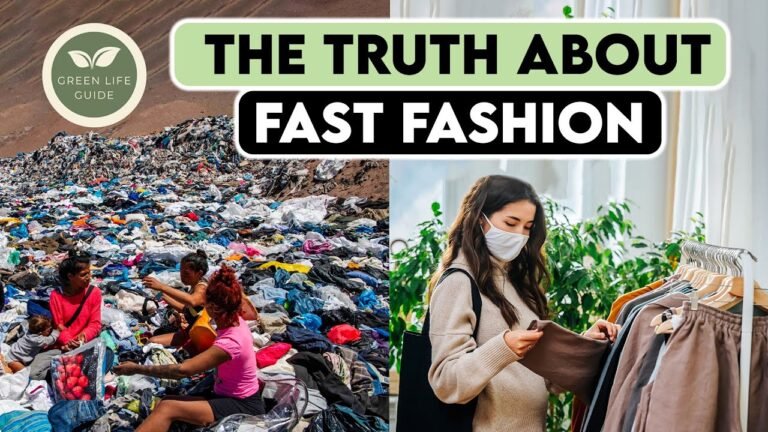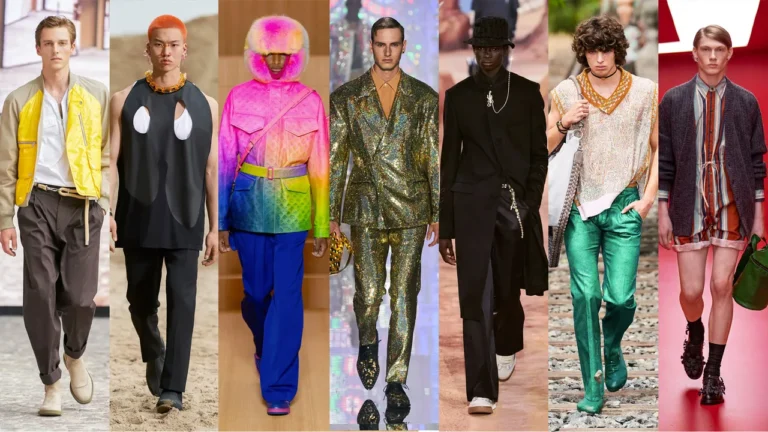The Reshaping Of Fashion Trends Tech And Sustainability
The Evolving Fashion Trend Cycle From Catwalk to Sidewalk
Fashion, at its core, is a dynamic conversation between the avant-garde and the everyday. From the exclusive runways of Paris and Milan to the bustling streets of global cities, style undergoes a fascinating journey of emergence, dissemination, and adaptation. This evolution from “catwalk to sidewalk” reflects not only shifts in design but also profound changes in technology, culture, and consumer behavior.
Historically, fashion trends primarily operated on a “trickle-down” model. Haute couture houses, led by visionary designers like Christian Dior and Coco Chanel, would debut collections that set the tone for the season. These high-end creations would then be adapted by ready-to-wear manufacturers, eventually filtering down to mass-market retailers and influencing mainstream apparel choices [Fashion History Timeline: FIT]. This process, while influential, was often slow, taking months or even years for a trend to fully permeate everyday wardrobes. The post-World War II era saw the rise of youth subcultures and ready-to-wear, which began to challenge this top-down hierarchy, introducing more diverse influences into the fashion landscape.
In the modern era, the trend cycle has accelerated dramatically, becoming far more complex and multifaceted. Fashion Weeks remain crucial platforms where designers showcase their collections, offering a glimpse into future trends [Fashionnova.cyou]. However, the influence now flows in multiple directions. Street style, once a mere byproduct, has become a significant source of inspiration, with fashion enthusiasts and influencers often setting trends that can quickly go viral [Forbes].
The advent of social media platforms like Instagram and TikTok has revolutionized how trends disseminate. A garment worn by an influencer or a unique styling choice can go viral overnight, rapidly creating demand and influencing consumer preferences. This phenomenon has led to the rise of “microtrends” that emerge and fade with unprecedented speed. Fast fashion retailers further accelerate this cycle, quickly producing affordable versions of runway looks and viral styles, making them accessible to a global audience almost instantly [World Economic Forum].
Today, the “catwalk to sidewalk” journey is less of a linear path and more of a swirling vortex. High fashion still inspires, but trends also “bubble up” from subcultures, street style, and social media, influencing designers and mainstream fashion alike. Understanding this dynamic interplay is key to recognizing the forces shaping current fashion trends and anticipating what colors to look out for in the future [Fashionnova.cyou], demonstrating how everyday style is a constantly evolving reflection of broader cultural currents.
Sustainable Fashion Innovations and Transparency
The fashion industry is undergoing a significant transformation, moving towards more ethical and eco-friendly practices driven by increasing consumer awareness and environmental concerns. This shift encompasses various aspects, from the sourcing of raw materials to the manufacturing process and supply chain transparency.
Material Innovation
A cornerstone of sustainable fashion is the development and adoption of innovative materials that reduce environmental impact. Traditional materials like conventional cotton and polyester have significant ecological footprints, leading to a surge in alternatives. Recycled materials, such as polyester made from plastic bottles and nylon from discarded fishing nets, are becoming common, diverting waste from landfills and oceans [Green Strategy]. Bio-based fabrics derived from natural sources like orange peels, pineapple leaves (Piñatex), mushrooms (Mylo), and even seaweed are gaining traction, offering biodegradable and renewable options [World Economic Forum]. Innovations in dyeing processes, such as waterless dyeing technologies, also contribute to reducing water consumption and pollution [FashionUnited]. Understanding different fabric types is crucial for making informed, sustainable choices [Fashionnova.cyou].
Production Transparency
Transparency in the supply chain is vital for ethical and sustainable fashion, allowing consumers to understand how and where their clothes are made. Brands are increasingly sharing information about their factories, labor practices, and environmental standards to build trust [Common Objective]. This includes disclosing details about working conditions, wages, and the absence of child labor, moving away from exploitative practices often found in fast fashion [Good On You]. Certifications from organizations like Fair Trade, GOTS (Global Organic Textile Standard), and OEKO-TEX provide third-party verification of ethical and environmental standards, helping consumers identify truly sustainable products [Ethical Fashion Group]. The push for greater transparency not only benefits workers and the environment but also empowers consumers to make responsible purchasing decisions.
How Technology is Reshaping the Fashion Industry
Technology is rapidly reshaping the fashion industry, driving innovation across design, production, and consumer experience. This transformation is evident in several key areas, from the conceptualization of garments to their physical creation and even their existence in purely digital realms.
AI-Driven Design and Personalization
Artificial intelligence (AI) is revolutionizing how clothes are designed and manufactured. AI algorithms can analyze vast amounts of data, including current trends, consumer preferences, and sales figures, to predict upcoming styles and even generate new designs autonomously [Harvard Business Review]. This capability enables designers to explore more creative options and respond faster to market demands. Moreover, AI powers highly personalized shopping experiences, recommending items based on individual style profiles and purchase history, mimicking the advice of a personal stylist [Fashionnova.cyou].
3D Printing From Concept to Wearable
Additive manufacturing, commonly known as 3D printing, is moving beyond prototypes to create wearable fashion pieces. Designers are utilizing 3D printing to produce intricate, customized accessories, footwear, and even entire garments with unique textures and forms that are difficult to achieve through traditional manufacturing methods [Forbes]. This technology offers the potential for on-demand production, reducing waste and allowing for greater design freedom and rapid prototyping.
Wearable Technology and Smart Garments
Wearable tech integrates electronics into clothing and accessories, offering functionalities beyond aesthetics. Examples include garments that monitor vital signs, track fitness, or even change color based on environmental conditions or mood [FashionUnited]. These innovations blend fashion with utility, offering a new dimension to how we interact with our clothing and enhancing personal well-being and convenience.
Digital Fashion Experiences and the Metaverse
The rise of the metaverse and non-fungible tokens (NFTs) has paved the way for entirely new forms of digital fashion. Virtual clothing allows consumers to express their style in online environments, whether for gaming avatars, social media profiles, or metaverse events [Vogue Business]. This purely digital realm eliminates physical production and offers unprecedented creative freedom, pushing the boundaries of what fashion can be. Brands are also leveraging augmented reality (AR) for virtual try-ons, allowing customers to see how clothes look on them without physically trying them on, enhancing the online shopping experience.
The Global Fashion Industry Economics and Key Players
The global fashion industry is a colossal economic engine, projected to reach a market value of approximately 2 trillion U.S. dollars by 2025, demonstrating its significant impact on global trade and employment [McKinsey & Company]. This multi-billion-dollar sector is shaped by intricate economic forces, dynamic market shifts, and a diverse array of key players.
Economic Forces
Several economic forces underpin the fashion industry’s vast scale. Consumer spending, particularly discretionary income, is a primary driver. As economies grow, consumers often have more to spend on apparel and accessories, influencing market demand [Investopedia]. Conversely, economic downturns or inflation can lead to reduced spending on non-essential items, impacting sales [FashionUnited].
Globalization has profoundly shaped the industry, enabling complex global supply chains that span design, manufacturing, and distribution across continents. This allows for cost efficiencies but also introduces vulnerabilities, as seen during global disruptions [World Trade Organization]. Technological advancements, from e-commerce platforms to AI-driven trend forecasting and sustainable production technologies, also act as significant economic levers, reducing costs, enhancing reach, and driving innovation.
Market Dynamics
The fashion market is characterized by diverse segments, including luxury, ready-to-wear (RTW), fast fashion, and haute couture, each with distinct business models and target audiences. Fast fashion, in particular, thrives on rapid trend replication and quick turnarounds, offering affordable, on-trend garments to a mass market [Investopedia]. However, there’s a growing counter-movement towards sustainability and ethical production, as consumers become more aware of the environmental and social impacts of their purchases. This shift is influencing design, material sourcing, and production processes, fostering innovations like upcycling and circular fashion models [UNECE].
Digitalization continues to transform market dynamics. E-commerce has expanded market access globally, while social media and influencer marketing dictate trends and consumer behavior at an unprecedented pace [Forbes]. This has led to shorter product life cycles and increased pressure on brands to adapt quickly to current fashion trends. The rise of resale and rental markets further diversifies how consumers interact with fashion, promoting longevity and access over traditional ownership [ThredUp].
Key Players
The global fashion industry is dominated by several key players:
- Luxury Conglomerates: Giants like LVMH (Louis Vuitton Moët Hennessy), Kering (Gucci, Balenciaga), and Richemont (Cartier, Chloé) own a portfolio of prestigious brands, leveraging their scale for global distribution, marketing, and talent acquisition [Business of Fashion].
- Fast Fashion Retailers: Companies such as Zara (Inditex), H&M, Shein, and Fashion Nova operate on a model of speed and affordability, bringing runway trends to the masses quickly [CNBC].
- Sportswear and Athleisure Brands: Nike, Adidas, and Lululemon have carved out significant market share by blurring the lines between athletic wear and everyday fashion [Euromonitor].
- E-commerce Platforms and Tech Innovators: Online retailers like ASOS, Zalando, and Amazon Fashion, alongside tech companies providing AI-driven analytics, virtual try-on tools, and supply chain solutions, are crucial to the industry’s digital transformation.
- Independent Designers and Artisans: While smaller in scale, these players contribute to innovation, niche markets, and sustainable practices, often gaining traction through direct-to-consumer models and social media. For those interested in this path, exploring how to start a clothing line can provide valuable insights.
- Influencers and Media: Fashion publications, bloggers, and social media influencers wield immense power in setting trends and shaping consumer preferences, influencing purchasing decisions and brand narratives [Vogue Business].
The interplay of these economic forces, market dynamics, and key players creates a complex, ever-evolving landscape that defines the global fashion industry. Understanding these elements is crucial for anyone navigating or observing this powerful sector.
Fashion as a Medium Identity Culture and Commentary
Fashion transcends mere utility, serving as a dynamic and powerful medium through which individuals express their unique identities, honor their cultural heritage, and engage in social commentary across the globe.
Personal Identity on Display
Clothing is often a non-verbal language, allowing individu
als to communicate who they are, their mood, and their aspirations without uttering a word. From the meticulously curated “old money” aesthetic that conveys understated elegance to the vibrant, eclectic ensembles of street style enthusiasts, personal choices in fashion reflect inner worlds [Psychology Today]. It’s about more than just covering the body; it’s about crafting a self-image and projecting it to the world. For instance, choosing monochromatic looks can signal sophistication, while bold patterns might speak to a playful spirit. This expressive power allows for fluid identity exploration, as people can adapt their style to different phases of life or social contexts. Understanding how to design clothes with your lifestyle in mind further solidifies this connection between personal expression and fashion.
Weaving Cultural Heritage into Fabric
Beyond individual expression, fashion is a profound vessel for cultural memory and identity. Traditional garments, fabrics, and adornments tell stories of ancestry, community values, and historical narratives. For example, the intricate patterns of a Japanese kimono, the vibrant colors of an Indian sari, or the specific weaving techniques of a Scottish kilt are not just beautiful garments; they are living artifacts that embody generations of cultural practice and shared identity [The Metropolitan Museum of Art]. These styles preserve heritage, reinforce community bonds, and celebrate diversity, often becoming powerful symbols of national pride or ethnic belonging [Britannica]. The choice to wear traditional attire, even in modern interpretations, is a conscious act of affirming one’s roots and connecting with a collective past.
Fashion as Social Commentary
Throughout history, fashion has also served as a potent tool for social and political commentary. Designers and wearers alike have utilized clothing to challenge norms, protest injustices, and advocate for change. The adoption of simpler, more practical clothing during periods of social upheaval, like the French Revolution, or the rise of “flapper” fashion in the 1920s signaling women’s liberation, demonstrate fashion’s role in reflecting and shaping societal shifts [Fashion Studies Journal]. More recently, movements like sustainable fashion advocate for environmental responsibility and ethical labor practices, turning clothing into a statement against fast fashion’s detrimental impact [UN Environment Programme]. From slogan t-shirts to gender-fluid collections, fashion continues to be a visual battleground for social discourse, allowing individuals to wear their beliefs and contribute to broader cultural conversations. The increasing popularity of boyfriend-inspired embellishments also reflects evolving perceptions of gender and style in contemporary society.
Sources
- Britannica – Fashion and Culture
- Business of Fashion – The World’s Biggest Luxury Groups
- CNBC – Fast Fashion Giants Shein, Zara and H&M Grow Revenue Despite Backlash
- Common Objective – Transparency in Fashion: What It Is, Why It Matters
- Ethical Fashion Group – Sustainable Fashion Certifications Glossary
- Euromonitor – Performance and comfort drive growth in athleisure
- Fashion History Timeline: FIT – Trickle-Down Theory
- FashionUnited – The future of fashion: What is wearable technology?
- FashionUnited – Inflation and rising interest rates: Global fashion industry could see profit growth halve in 2023
- FashionUnited – The textile industry’s quest for waterless dyeing technologies
- Fashion Studies Journal – Fashion as a Mirror: Social and Political Commentary Through the Lens of Fashion
- Forbes – The Impact Of 3D Printing On Fashion
- Forbes – The Shift: How Fashion Trends Trickle Up, Not Down
- Forbes – How Social Media Influencers Are Redefining The Fashion Industry
- Good On You – How Ethical Fashion Is Tackling Worker Exploitation
- Green Strategy – Materials for Sustainable Fashion
- Harvard Business Review – How AI Is Transforming the Fashion Industry
- Investopedia – Discretionary Income
- Investopedia – Fast Fashion
- McKinsey & Company – The State of Fashion 2023: Navigating a turbulent new normal
- The Metropolitan Museum of Art – Fashion
- Psychology Today – What Your Clothing Says About You
- Statista – Value of the global apparel market from 2012 to 2025
- ThredUp – What is The Fashion Resale Market?
- UN Environment Programme – Fashion and Textiles
- UNECE – Sustainable Fashion: Roadmap for the Future
- Vogue Business – The digital fashion industry is booming: How far can it go?
- Vogue Business – The power of the influencer economy in fashion
- World Economic Forum – Why social media is making fashion faster and slower
- World Economic Forum – Why biomaterials are critical for a circular fashion industry
- World Trade Organization – Global Trade Outlook and Statistics
Fashion is no longer a one-way trickle-down from runways but a dynamic cycle shaped by street style, social media, and technology. At the same time, sustainability, transparency, and cultural identity ensure fashion remains both an economic powerhouse and a powerful mirror of society.

